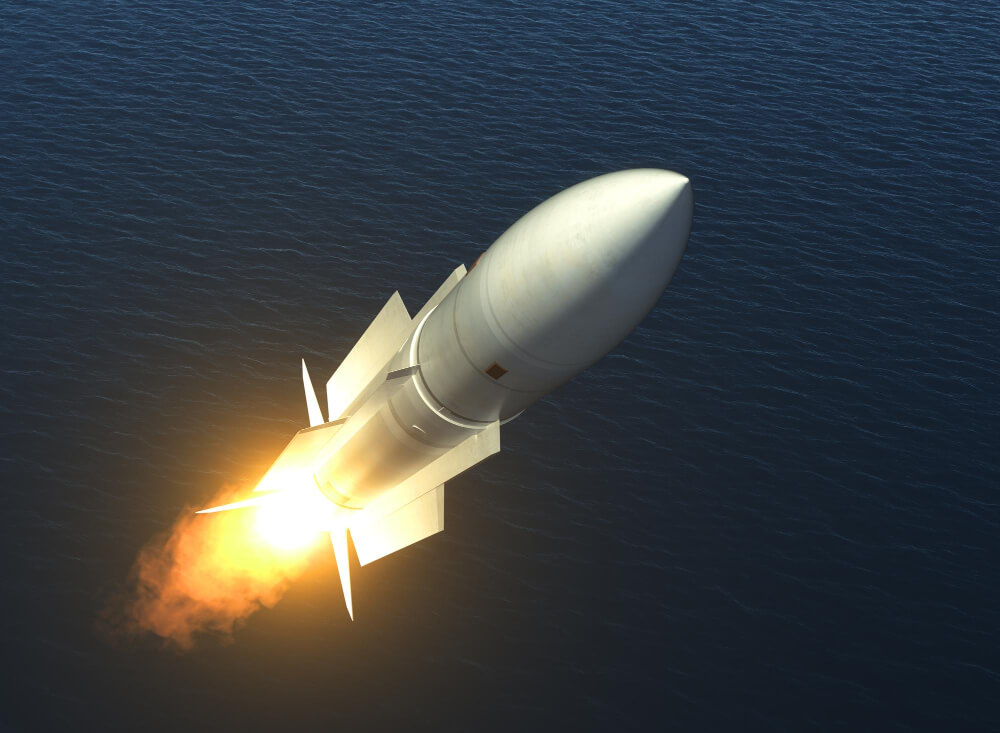Signed: 1991
Ratified: 1994
Senate Ratification Vote: 93-6

Negotiations for the Strategic Arms Reduction Treaty (START) began when Ronald Reagan first made the proposal to Mikhail Gorbachev at the Geneva Summit in 1985. An agreement was concluded during George H. W. Bush’s term. The talks were complicated by the turmoil surrounding the dissolution of the Soviet Union in the early 1990’s when several newly independent nations ended up with nuclear arsenals. (The Ukraine, Belarus, and Kazakhstan subsequently agreed to give up their nuclear weapons, relying in part on the Nunn-Lugar CTR program to do so.) Whereas the Intermediate Nuclear Forces Treaty eliminated short and medium range nuclear weapons, it did not address the tens of thousands of strategic or long range inter-continental ballistic missiles the U.S. and Russia held. The long sought START Treaty limited the U.S. and Russia to 6,000 nuclear warheads and 1,600 nuclear delivery vehicles each. These limits led to a drastic reduction in the combined stockpiles of both nations’ nuclear warheads. The New START Treaty, which was signed and ratified in 2010, further reduced these limits.
Primary Source: U.S. State Department
